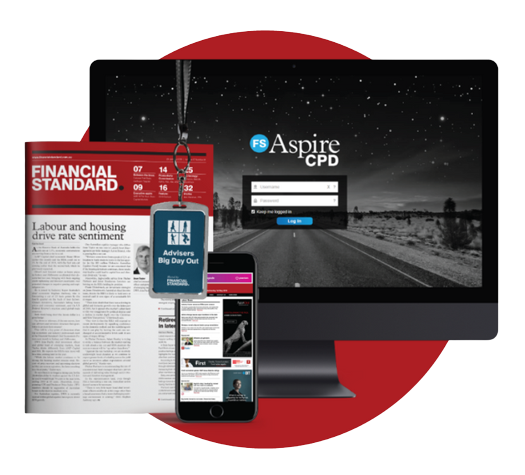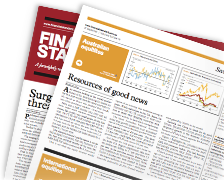APRA, ASIC publish life claims and disputes dataBY ANDREW MCKEAN | WEDNESDAY, 20 APR 2022 12:30PMAPRA and ASIC have released the latest Life Insurance Claims and Disputes Statistics publication that presents key industry-level claims and dispute outcomes. Related News |
Editor's Choice
Value versus growth: Market expectations in 2024
In 2022, concerns about rising interest rates and the Russia-Ukraine war brought fundamentals back into focus, creating numerous opportunities for value investing to generate alpha. Then transitioning to the first half of 2023, that period saw significant performance for growth stocks. What's next?
Aware Super appoints general manager, strategy and transformation
The $175 billion superannuation fund has recruited from Deloitte for the newly created role.
Jinding funds management division spun off
The funds management division of Australian property group Jinding has launched as its own entity.
CFA Society Australia launches
CFA Society Australia has been launched following the amalgamation of three local CFA Societies.
Products
Featured Profile

Robert De Dominicis
CHIEF EXECUTIVE OFFICER
GBST HOLDINGS LIMITED
GBST HOLDINGS LIMITED
It was during a family sojourn to the seaside town of Pescara, Italy, Rob DeDominicis first laid eyes on what would become the harbinger of his future. Andrew McKean writes.

























